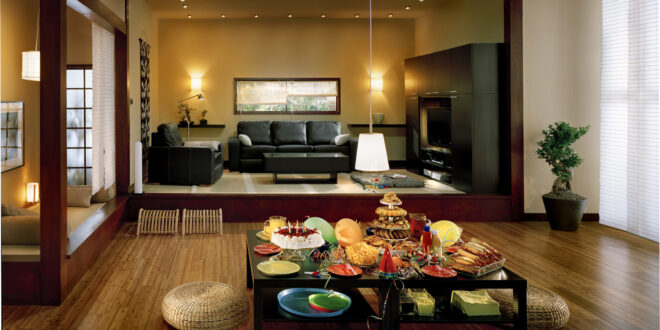Embracing the Essence of Japanese Decoration: A Journey to Tranquility
Japanese decoration, at its heart, is more than just aesthetics; it’s a philosophy. It’s about creating spaces that foster peace, harmony, and a deep connection with nature. It’s a conscious effort to declutter not just your home, but also your mind. Think minimalist elegance, natural materials, and a subtle, sophisticated color palette. Forget the flashy and the ostentatious; Japanese design whispers rather than shouts.
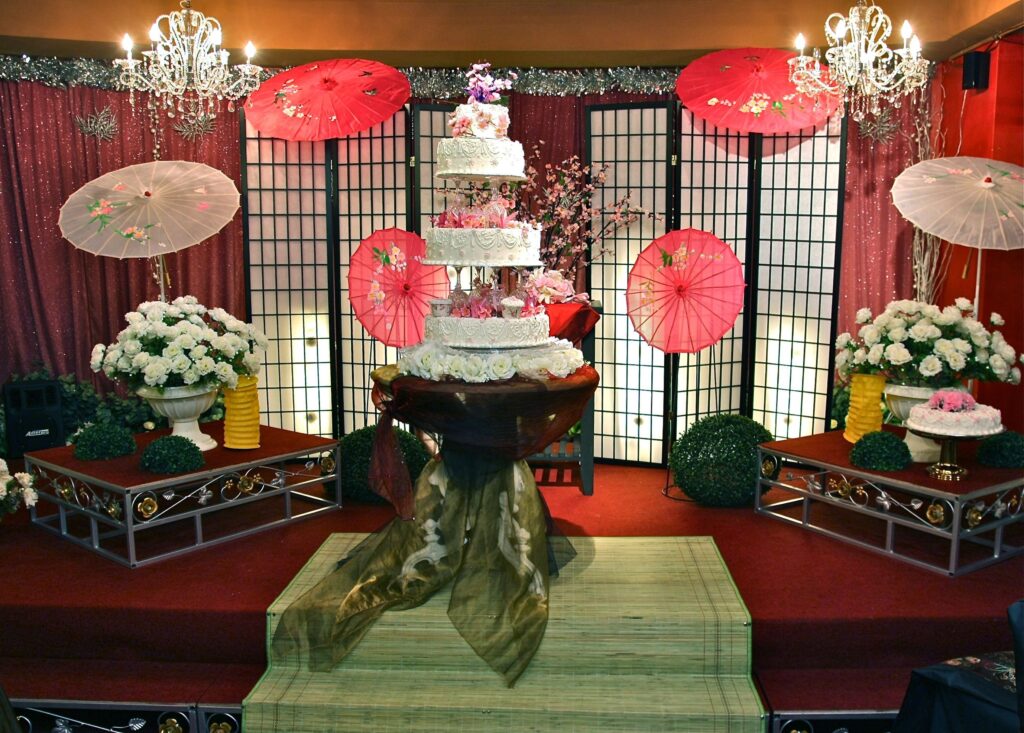
In this comprehensive guide, we’ll delve into the core principles of Japanese decor, exploring the elements that contribute to its unique appeal and offering practical tips to help you incorporate this timeless style into your own home. We’ll cover everything from fundamental concepts like wabi-sabi and ma to specific design elements like tatami mats, shoji screens, and the art of ikebana.
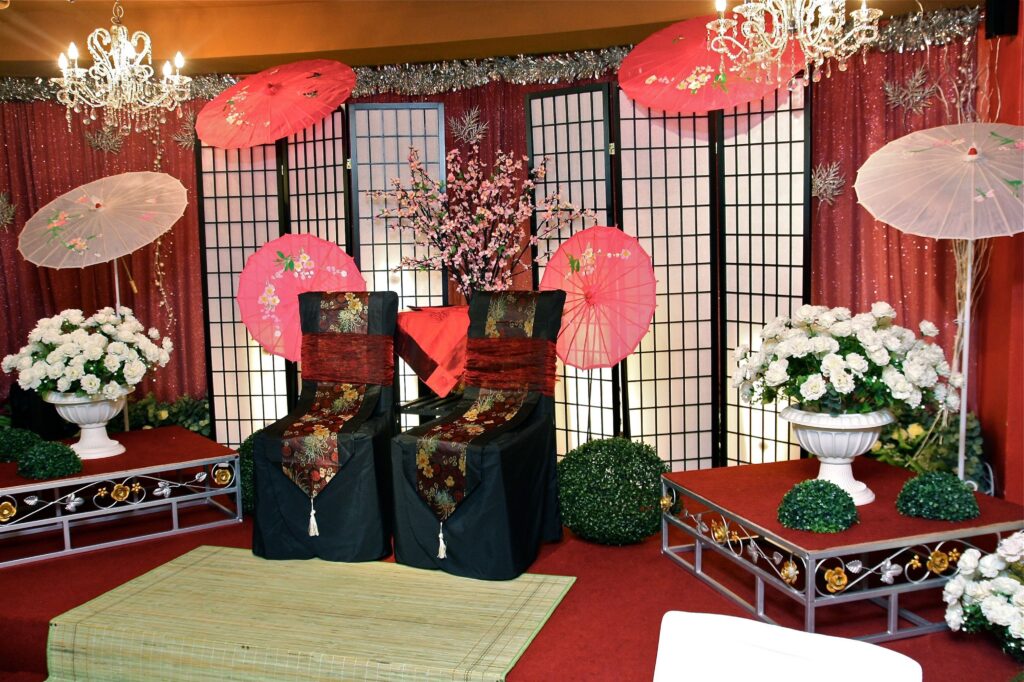
Understanding the Core Principles: Wabi-Sabi, Ma, and Natural Harmony
Before diving into specific decor items, it’s crucial to grasp the philosophical underpinnings of Japanese design. These concepts are what truly set it apart from other minimalist styles and contribute to its profound sense of tranquility.
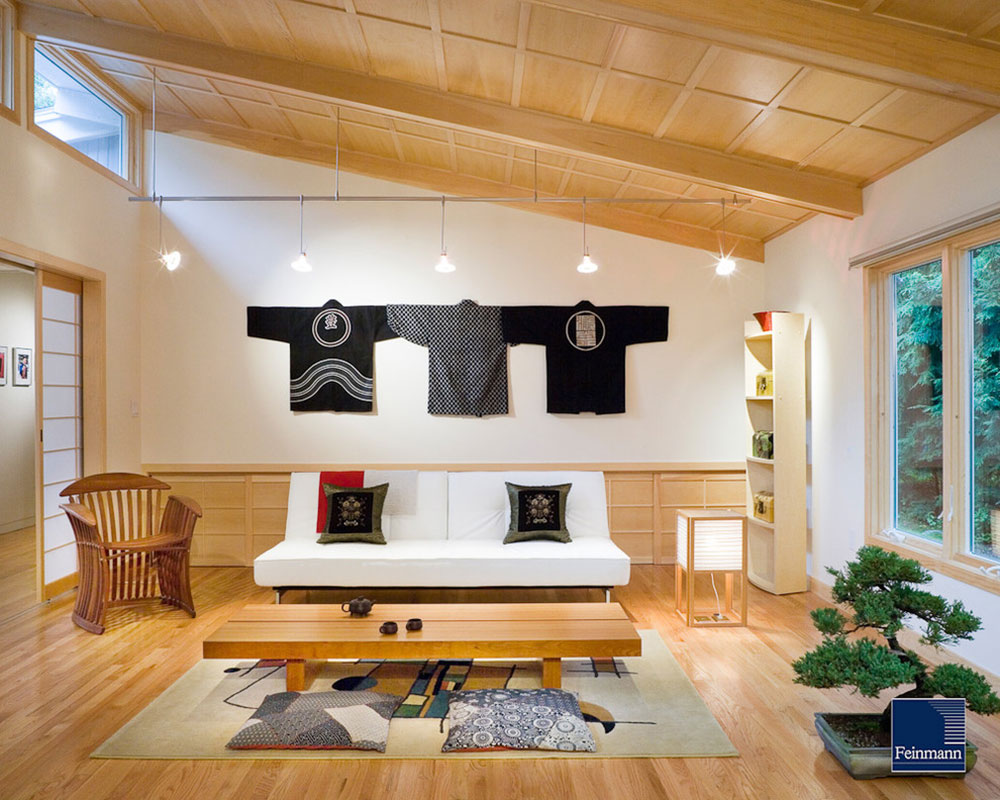
Wabi-Sabi: Finding Beauty in Imperfection
Wabi-sabi is a central tenet of Japanese aesthetics. It celebrates imperfection, impermanence, and the beauty of natural aging. Forget the pursuit of flawless perfection; wabi-sabi finds charm in the cracks, the wrinkles, and the asymmetry that time and use create. In practice, this means embracing natural materials with their inherent imperfections, such as unfinished wood, hand-crafted ceramics, and textiles with subtle variations in color and texture. Think of a weathered wooden table, a chipped teacup, or a hand-woven rug with slightly uneven lines. These imperfections tell a story and add character to your space.
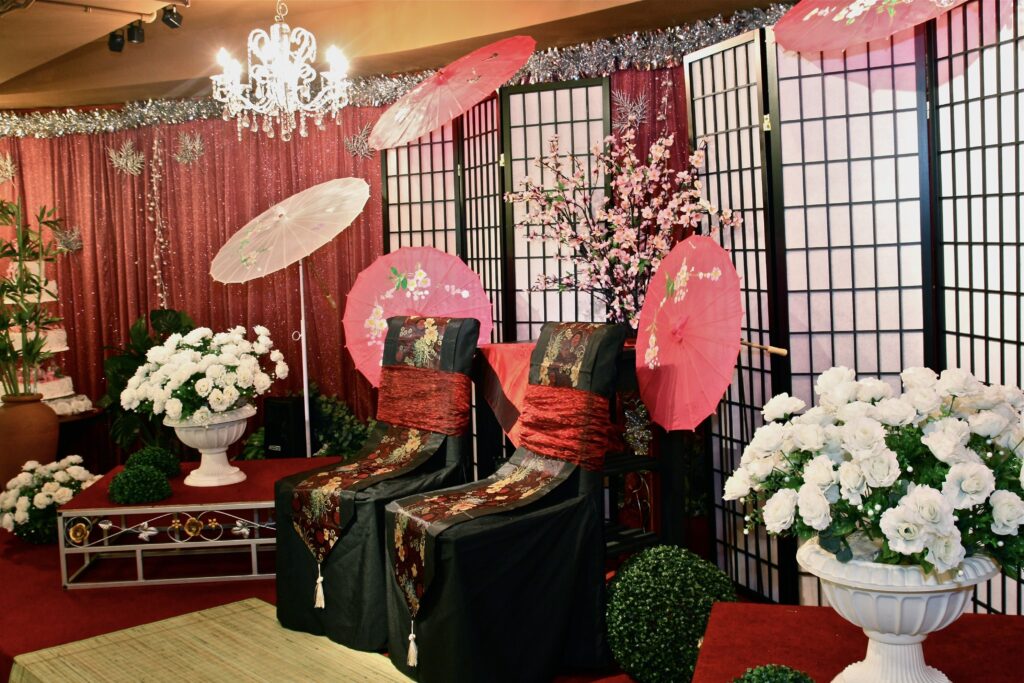
Ma: The Power of Empty Space
Ma (間) translates to “space” or “gap,” but its significance goes far beyond mere emptiness. In Japanese design, ma refers to the deliberate use of negative space to create a sense of balance, tranquility, and openness. It’s about recognizing the power of what *isn’t* there. Instead of filling every corner with furniture and decor, Japanese interiors prioritize empty space, allowing the eye to rest and the mind to wander. This intentional emptiness allows the existing elements to breathe and stand out, creating a more harmonious and calming atmosphere. Consider carefully where you place furniture and avoid cluttering surfaces. Embrace the beauty of empty walls and floors.
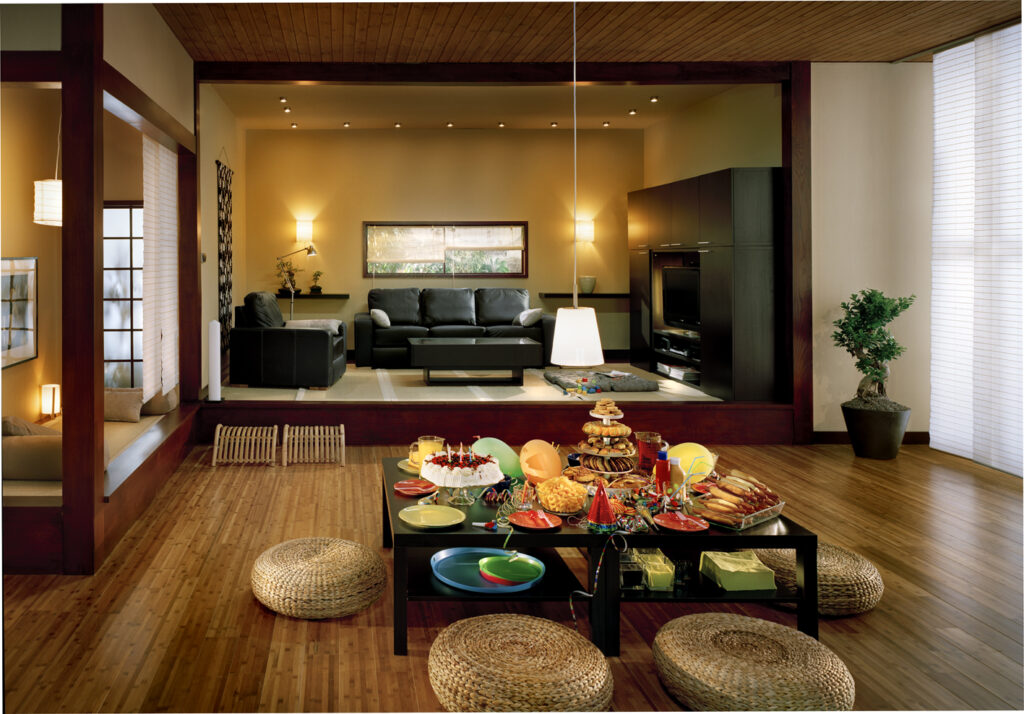
Natural Harmony: Connecting with the Outdoors
Japanese design deeply values the connection with nature. Bringing the outdoors in is a key element of creating a serene and harmonious space. This can be achieved through the use of natural materials like wood, bamboo, stone, and paper, as well as by incorporating plants, water features, and natural light. Think of a bamboo screen filtering sunlight, a small indoor garden, or a stone lantern nestled among ferns. Even a simple vase of seasonal flowers can bring a touch of nature indoors. The goal is to create a space that feels connected to the natural world, fostering a sense of peace and tranquility.
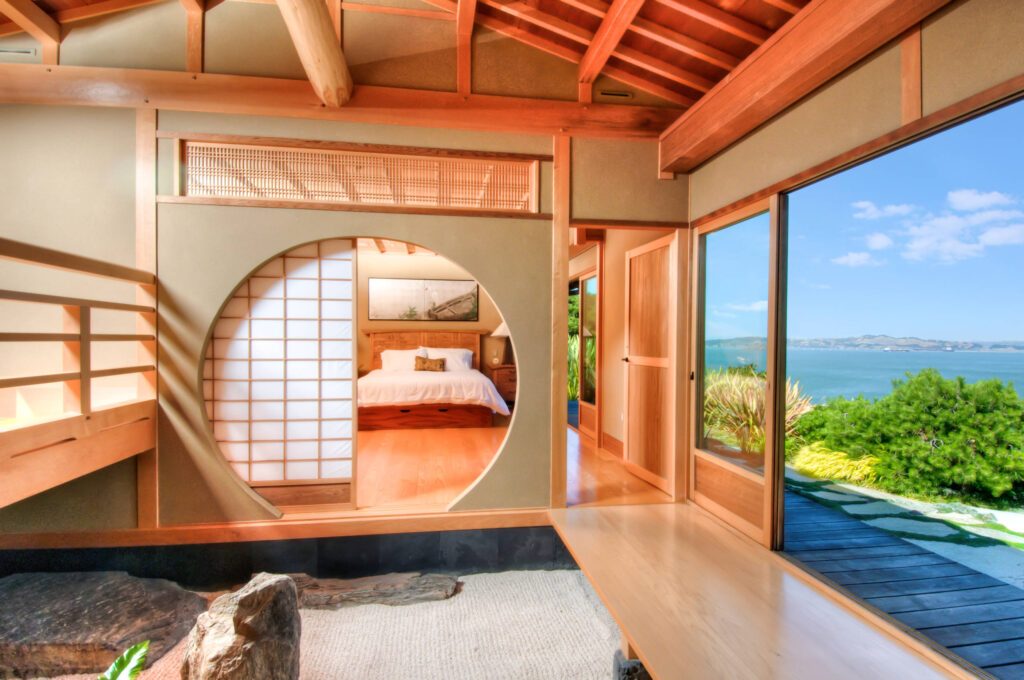
Key Elements of Japanese Decoration: Bringing the Style to Life
Now that we’ve explored the philosophical principles, let’s delve into the specific elements that contribute to the distinct look and feel of Japanese decor. These elements, when combined thoughtfully, can transform your home into a sanctuary of peace and tranquility.
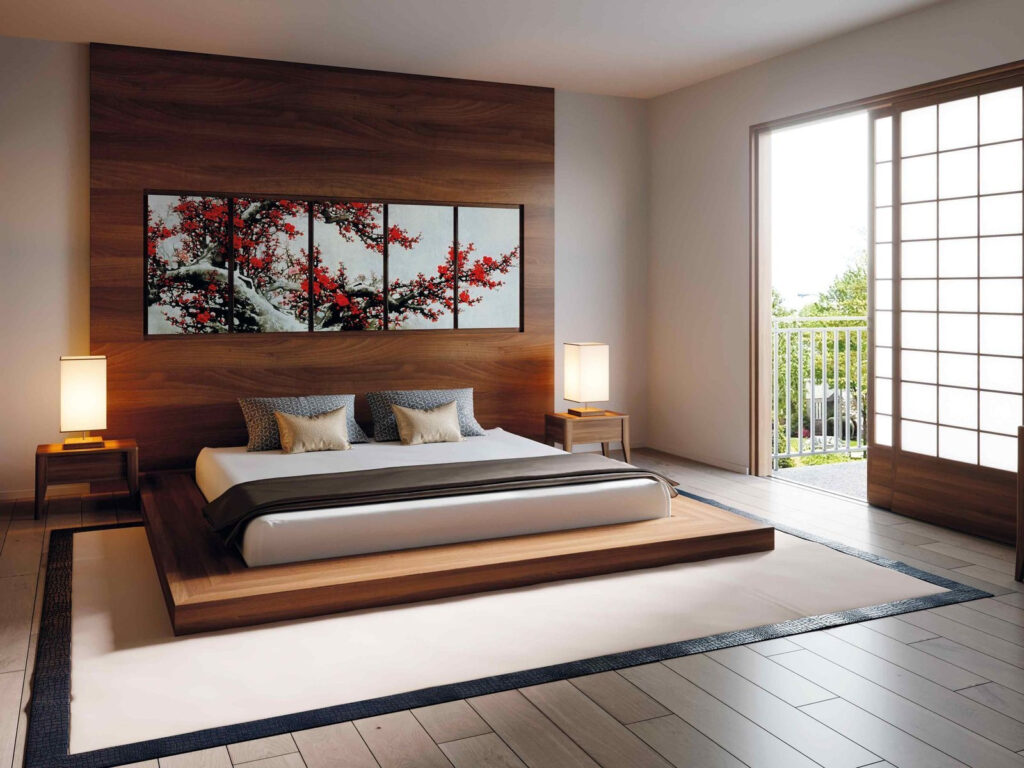
Tatami Mats: The Foundation of Japanese Living
Tatami mats are traditional Japanese flooring made from woven rush grass. They are not just floor coverings; they are a fundamental element of Japanese architecture and culture. The size and arrangement of tatami mats are carefully considered in the design of traditional Japanese rooms. They offer a comfortable and natural surface for sitting, sleeping, and walking. The subtle scent of the rush grass adds a calming aroma to the room. While it might not be practical to install tatami mats throughout your entire home, incorporating a few in a dedicated meditation or tea room can bring an authentic Japanese touch.
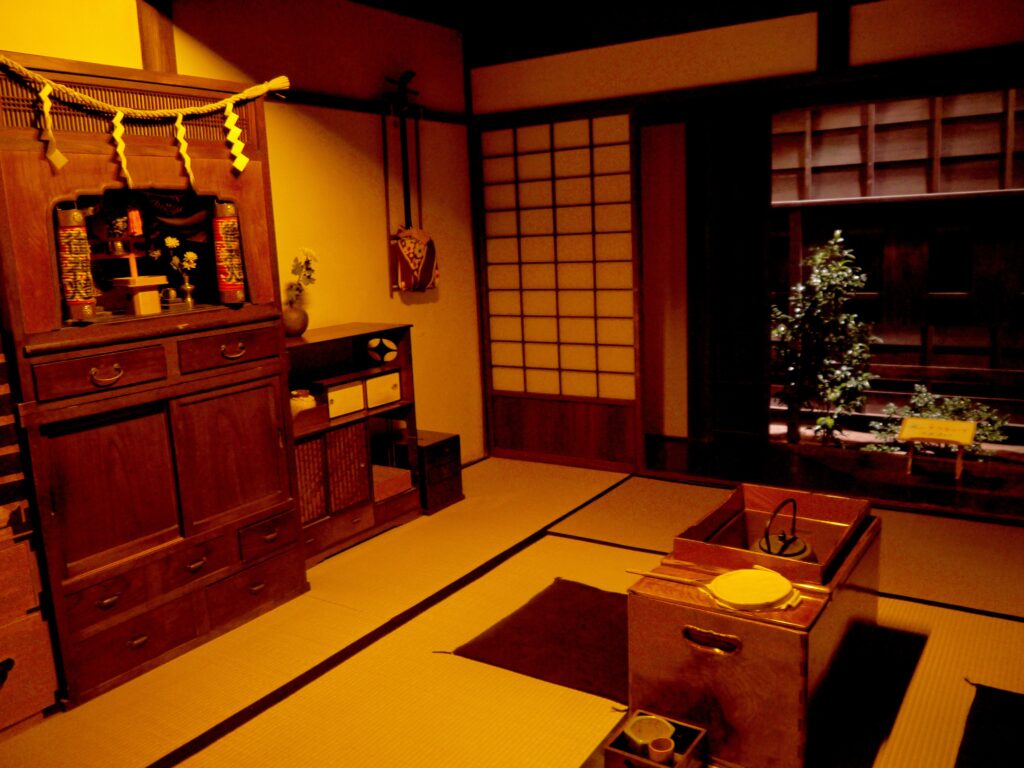
Shoji Screens: Diffusing Light and Creating Privacy
Shoji screens are translucent paper screens mounted on a wooden frame. They are used as sliding doors, windows, or room dividers. Shoji screens allow soft, diffused light to filter through, creating a warm and inviting atmosphere. They also provide a degree of privacy while still allowing light to pass through. Shoji screens are a versatile element that can be used to create flexible and adaptable spaces. They can be easily moved to open up a room or closed to create a more intimate setting. Modern interpretations of shoji screens often use frosted glass or other translucent materials for added durability.
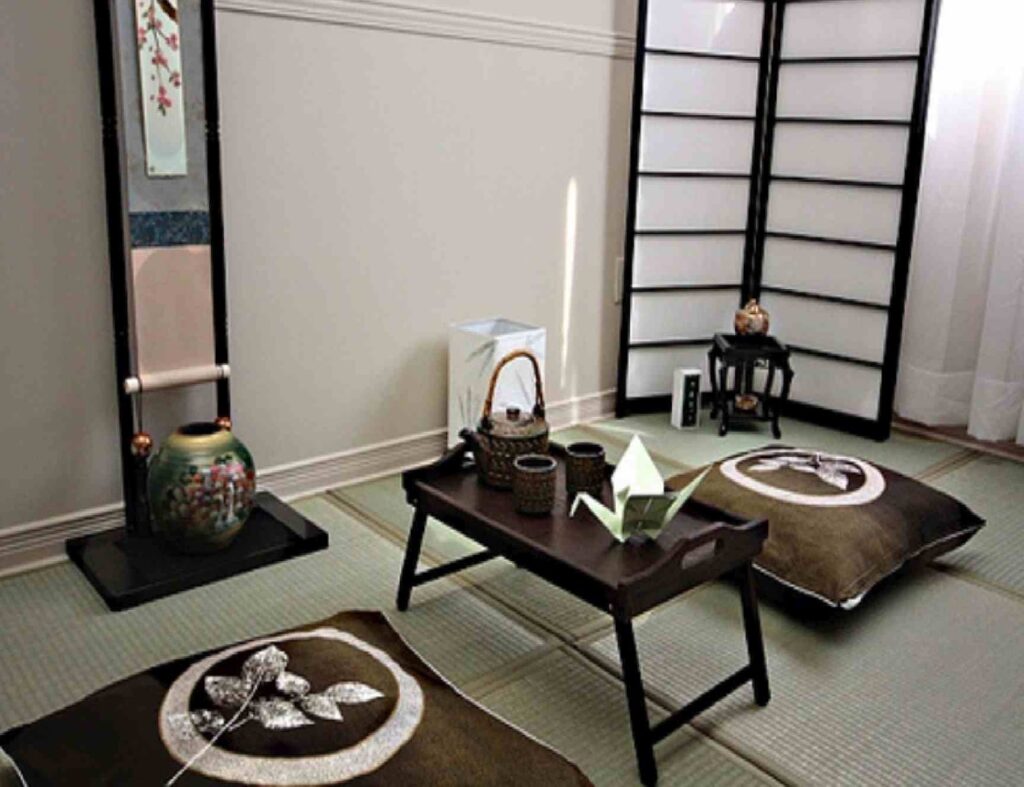
Futons: Minimalist Sleeping Arrangements
A futon is a traditional Japanese mattress that is typically placed directly on the tatami mat. During the day, the futon is folded up and stored away, creating more space in the room. This minimalist sleeping arrangement reflects the Japanese emphasis on simplicity and functionality. While you might not want to sleep on a futon every night, incorporating one into a guest room or meditation space can add an authentic Japanese touch. Modern futons often come with thicker mattresses and supportive frames for added comfort.
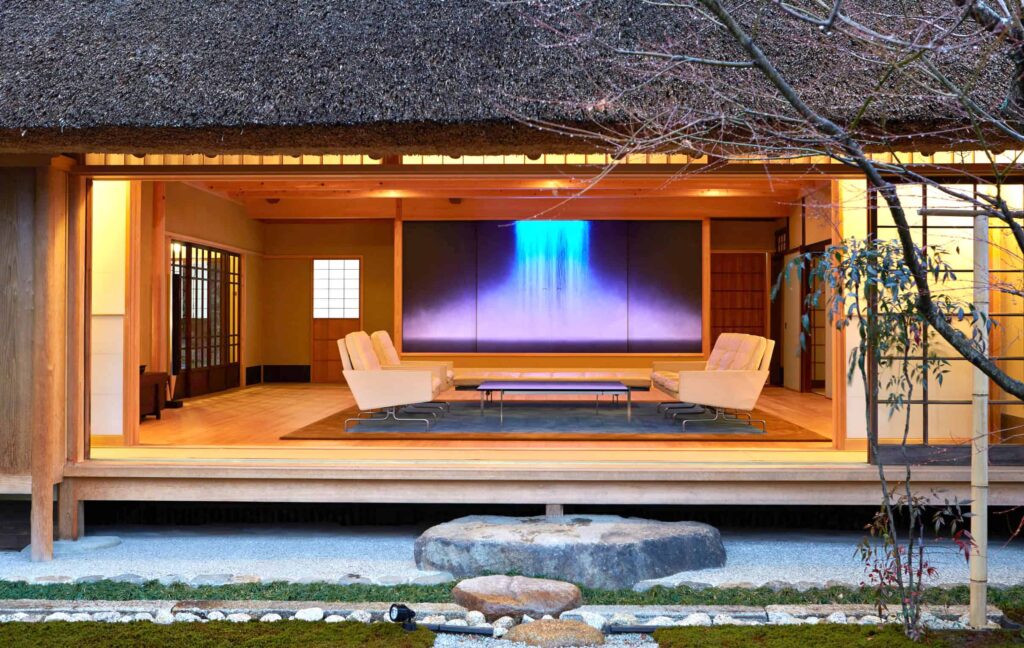
Low Furniture: Grounding the Space
Japanese interiors typically feature low furniture, such as low tables, floor cushions, and platform beds. This design choice creates a sense of grounding and connection to the earth. Sitting on the floor or on low furniture encourages mindfulness and a more relaxed posture. Consider incorporating low coffee tables, floor lamps, and seating arrangements into your living room or meditation space. This will create a more intimate and inviting atmosphere.
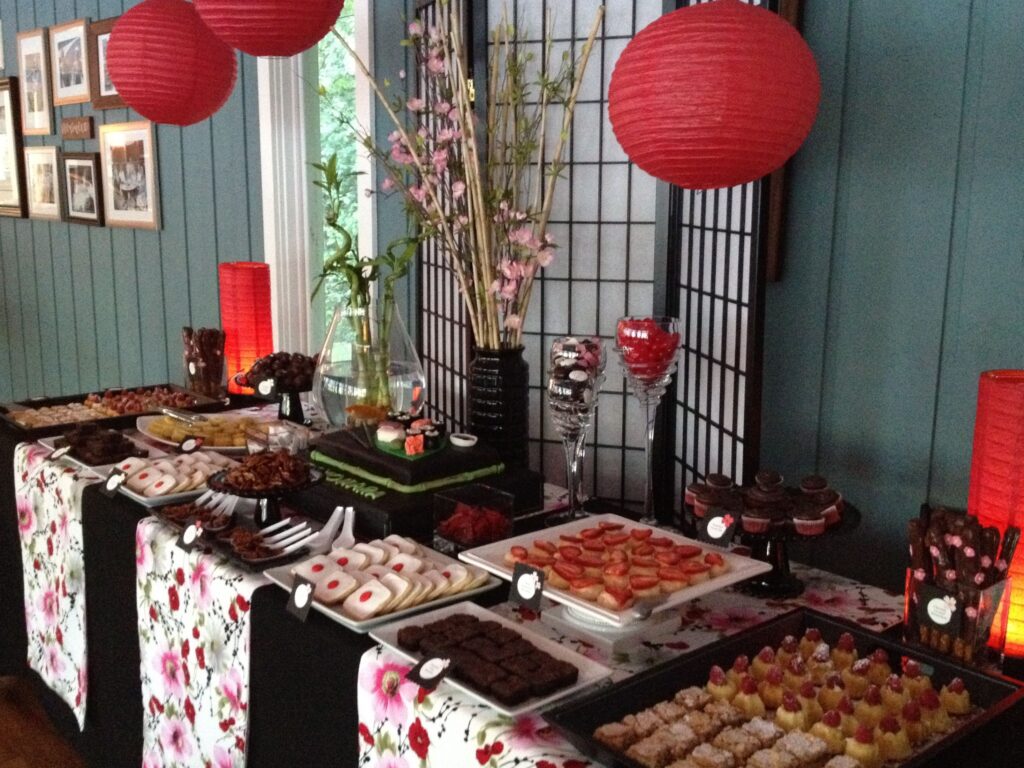
Minimalist Decor: Less is More
In Japanese decoration, less is definitely more. Clutter is seen as a distraction and a hindrance to peace and tranquility. Instead of filling your home with unnecessary objects, focus on curating a few carefully chosen items that are both beautiful and functional. Choose items that have personal significance or that evoke a sense of calm and serenity. Display them thoughtfully, allowing each piece to stand out and be appreciated. Avoid cluttering surfaces and keep your space clean and organized.

Natural Materials: Embracing the Earth’s Gifts
As mentioned earlier, natural materials are essential to Japanese design. Wood, bamboo, stone, paper, and textiles like cotton and linen are all commonly used. These materials bring warmth, texture, and a sense of connection to the natural world. Choose furniture and decor items made from sustainable materials and with minimal processing. This will not only enhance the aesthetic appeal of your home but also contribute to a more eco-friendly lifestyle. Consider using natural finishes and avoiding harsh chemicals.

Color Palette: Serene and Subdued
The color palette in Japanese decoration is typically serene and subdued. Natural colors like beige, brown, gray, and green are dominant, reflecting the colors of the earth and the surrounding landscape. Accents of black, white, and red are often used sparingly to add contrast and visual interest. Avoid bright and bold colors that can be overwhelming and distracting. Instead, focus on creating a calming and harmonious color scheme that promotes relaxation and well-being. Think of the colors of a Zen garden: muted greens, soft grays, and the warm tones of natural wood.
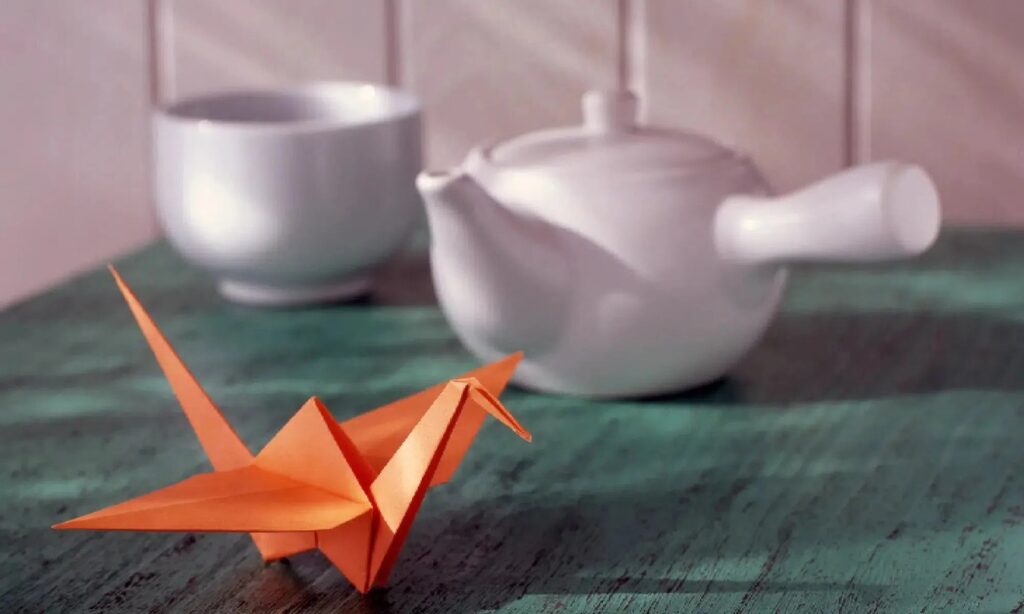
Lighting: Soft and Diffused
Lighting plays a crucial role in creating the right atmosphere in a Japanese-inspired home. Soft, diffused light is preferred over harsh, direct lighting. Shoji screens, paper lanterns, and indirect lighting fixtures are all commonly used to create a warm and inviting glow. Avoid using bright overhead lights and instead opt for layered lighting that can be adjusted to suit different moods and activities. Consider using dimmer switches to control the intensity of the light. The goal is to create a space that feels cozy and relaxing, especially in the evening.
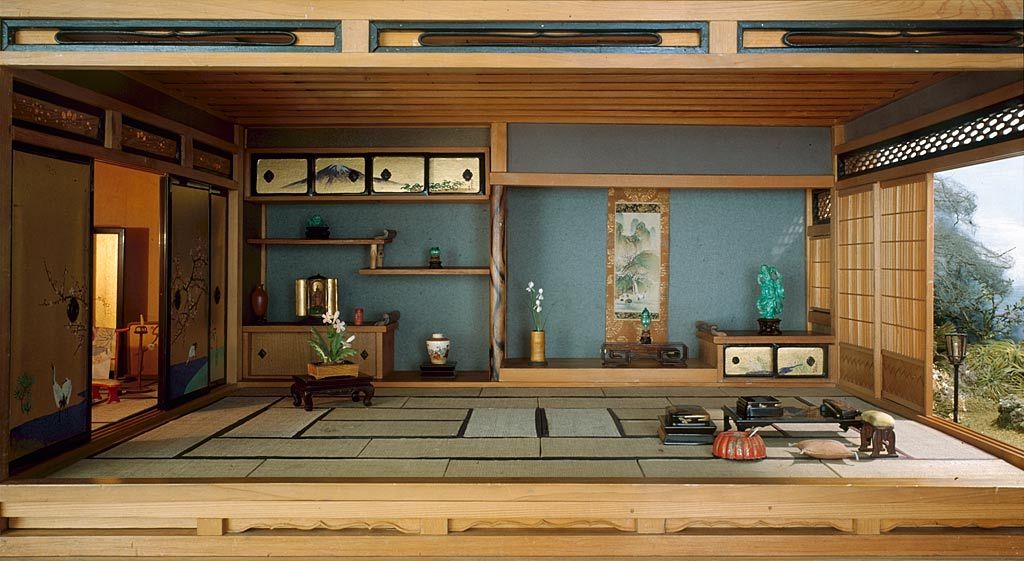
Water Features: The Sound of Tranquility
Water features are a common element in Japanese gardens and can also be incorporated into indoor spaces. The sound of running water is known to be calming and therapeutic. A small indoor fountain, a tabletop water feature, or even a simple bowl of water with floating flowers can bring a touch of tranquility to your home. Consider placing the water feature in a quiet corner of your room where you can relax and listen to the gentle sounds of the water.
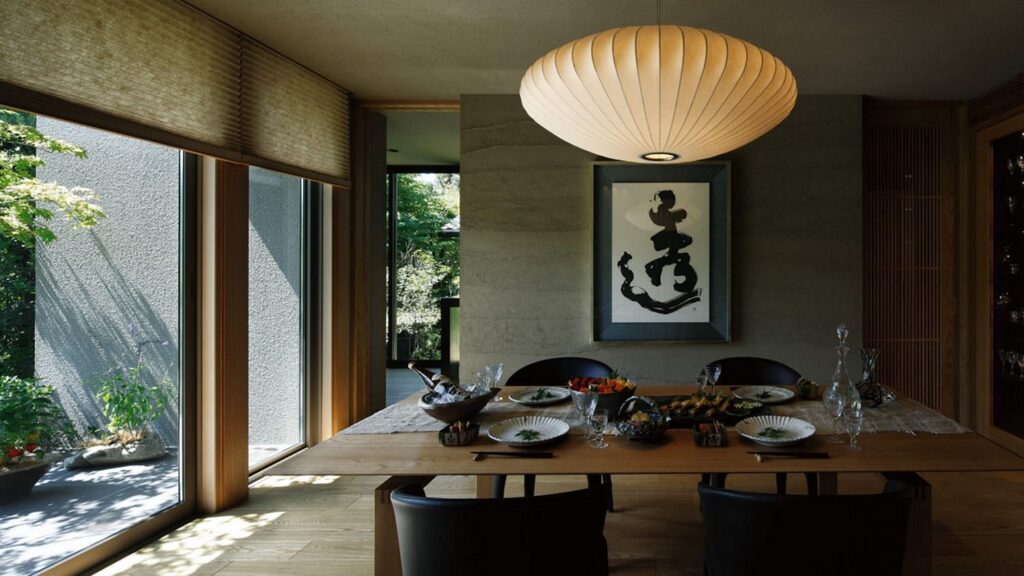
Plants: Bringing Nature Indoors
Plants are an essential element of Japanese decoration. They bring life, color, and a sense of connection to the natural world. Bonsai trees, bamboo plants, orchids, and ferns are all popular choices. Choose plants that are well-suited to your indoor environment and that require minimal maintenance. Arrange the plants thoughtfully, considering their size, shape, and color. Avoid overcrowding the space with too many plants. Instead, focus on creating a balanced and harmonious arrangement.
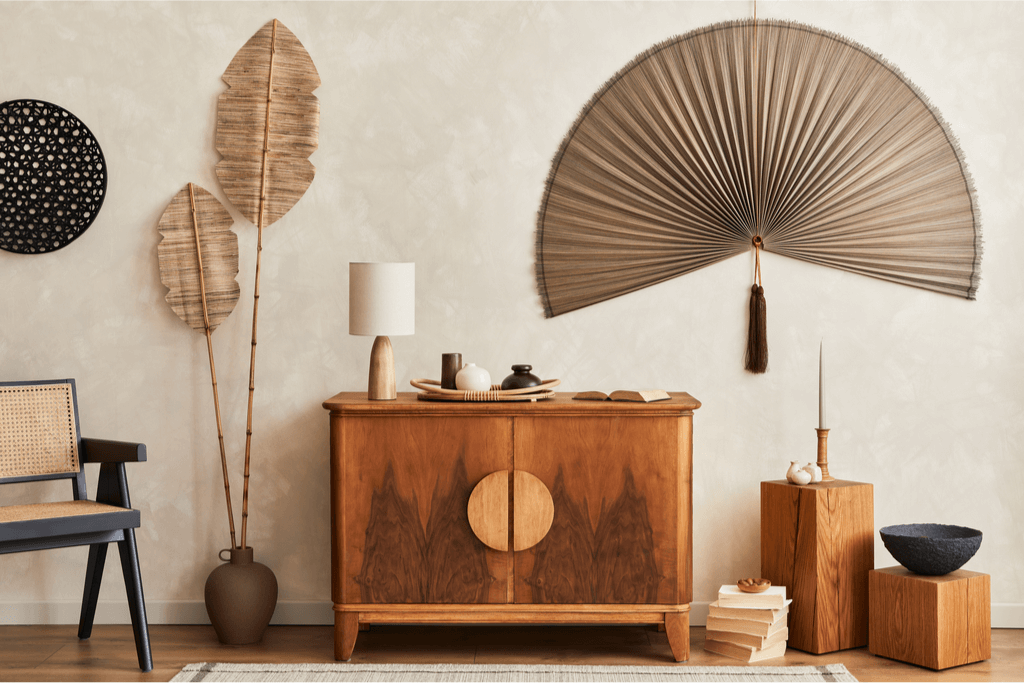
Ikebana: The Art of Flower Arrangement
Ikebana is the Japanese art of flower arrangement. It is more than just arranging flowers in a vase; it is a disciplined art form that seeks to create harmony, balance, and a sense of connection to nature. Ikebana arrangements typically feature asymmetrical designs and emphasize the use of negative space. Consider taking an ikebana class to learn the principles of this art form. Even a simple arrangement of a few seasonal flowers can bring a touch of Japanese elegance to your home.
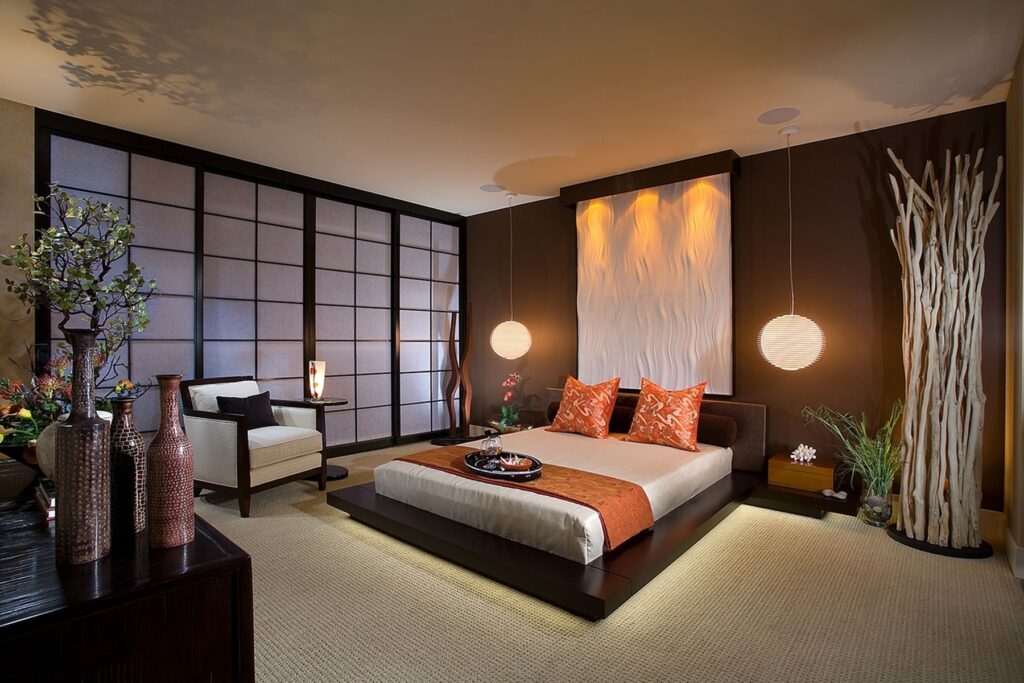
Calligraphy and Art: Adding Personal Touches
Japanese calligraphy and art can add a personal touch to your Japanese-inspired home. Choose pieces that resonate with you and that reflect your personal style. Consider displaying a scroll with a meaningful quote, a painting of a natural landscape, or a piece of ceramic art. Arrange the art thoughtfully, considering its size, shape, and color. Avoid overcrowding the walls with too many pieces. Instead, focus on creating a balanced and harmonious display.
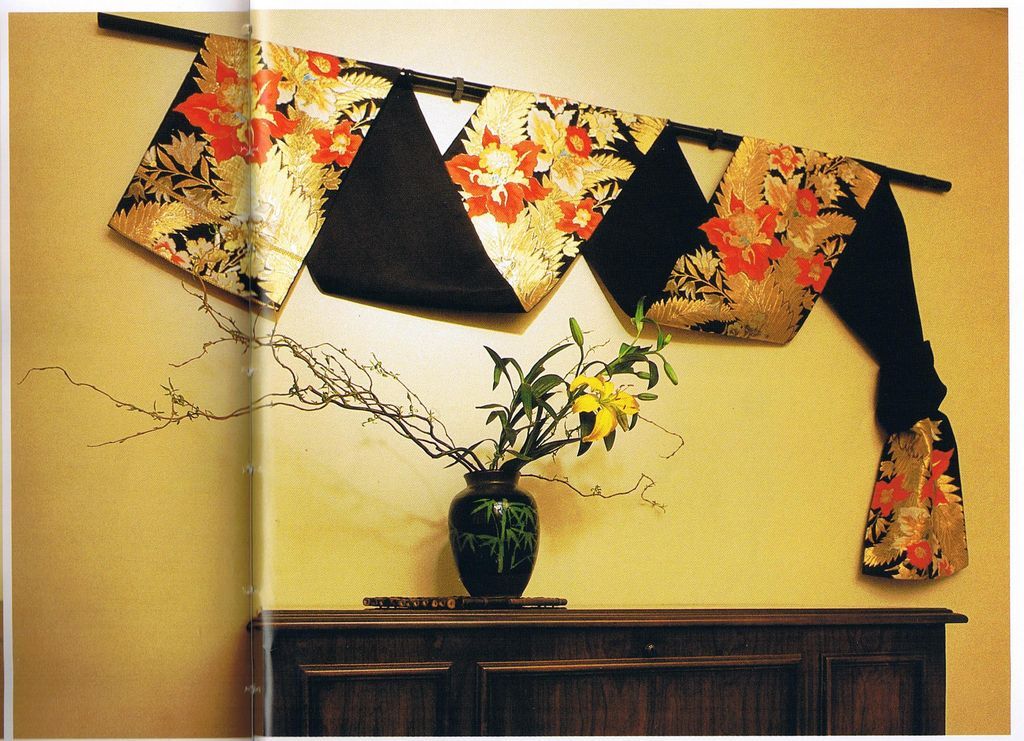
Creating Your Own Japanese-Inspired Sanctuary: Practical Tips
Now that you understand the core principles and key elements of Japanese decoration, here are some practical tips to help you create your own Japanese-inspired sanctuary:
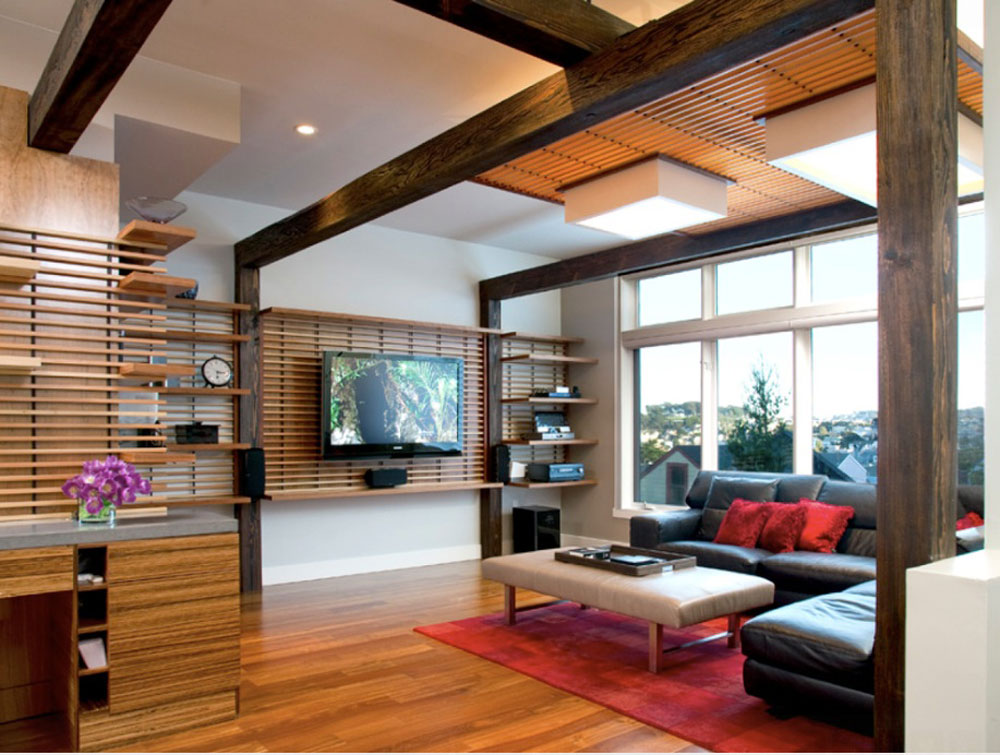
- Start with a clear vision: Before you start decorating, take some time to think about what you want to achieve. What kind of atmosphere do you want to create? What colors and materials do you want to use? Having a clear vision will help you stay focused and avoid making impulsive decisions.
- Declutter ruthlessly: Japanese decoration is all about simplicity and minimalism. Before you start adding new items to your home, declutter ruthlessly. Get rid of anything that you don’t need, use, or love. This will create more space and allow the remaining items to stand out.
- Focus on quality over quantity: When choosing furniture and decor items, focus on quality over quantity. Choose items that are well-made, durable, and aesthetically pleasing. Avoid buying cheap, mass-produced items that will quickly fall apart.
- Incorporate natural elements: Bring the outdoors in by incorporating natural elements into your home. Use natural materials like wood, bamboo, stone, and paper. Add plants, water features, and natural light.
- Create a calming color palette: Choose a serene and subdued color palette that promotes relaxation and well-being. Use natural colors like beige, brown, gray, and green. Add accents of black, white, and red sparingly.
- Pay attention to lighting: Use soft, diffused lighting to create a warm and inviting atmosphere. Avoid using bright overhead lights and instead opt for layered lighting that can be adjusted to suit different moods and activities.
- Embrace imperfection: Don’t strive for perfect symmetry or flawless finishes. Embrace the beauty of imperfection and the natural aging process. Choose items that have character and that tell a story.
- Create a dedicated meditation space: If you want to fully embrace the Japanese aesthetic, consider creating a dedicated meditation space. This could be a small corner of your bedroom or a separate room altogether. Furnish the space with a tatami mat, a futon, and a few simple decor items.
- Be mindful of your senses: Japanese decoration is not just about visual aesthetics; it’s also about engaging your other senses. Pay attention to the sounds, smells, and textures in your home. Choose items that are pleasing to all of your senses.
- Be patient and persistent: Creating a Japanese-inspired home is a process that takes time and effort. Don’t expect to transform your home overnight. Be patient and persistent, and enjoy the journey.
Conclusion: Embracing the Art of Tranquil Living
Japanese decoration is more than just a style; it’s a way of life. It’s about creating spaces that foster peace, harmony, and a deep connection with nature. By understanding the core principles and incorporating the key elements of Japanese design, you can transform your home into a sanctuary of tranquility. So, embrace the art of tranquil living and create a space that nourishes your mind, body, and soul.
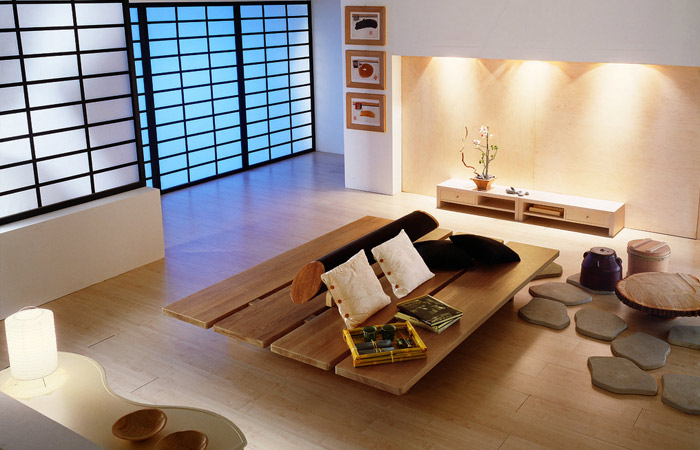
 Nimila
Nimila
